BODY ROLL, RIDE HEIGHT AND SUSPENSION GEOMETRY
With the importance of tire management and wheel alignment covered, let’s move to ride height considerations when installing lowering springs or coilovers, along with the effects a lower ride height has on body roll and suspension geometry.
The temptation is to think of body roll as being an entirely negative thing, since nothing looks less performance-oriented than a car rolling in the corners, nose diving on the brakes, and throwing its nose in the air on the throttle. However, body motions like these aren’t necessarily detrimental to grip, except in severe cases where so much roll, dive or pitch is happening that the suspension is bottoming out. Extreme roll also hurts handling since the inside unloaded tires lose more grip than the loaded outside tires gain, so there’s a net loss of grip. And it’s also easy to overload and overheat the tires on the loaded side of the car if your car is exhibiting extreme amounts of body roll.
Source: http://www.bimmerfest.com/forums/picture.php?albumid=4193&pictureid=21571
But the primary downside to body roll is that it slows the “reflexes” of a vehicle, meaning it takes longer for the weight to transfer and settle such that the car is stable or has “taken a set” in racer-speak. In other words, body motion and the weight transfer that comes with it delays the chassis’ response to driver inputs, and this is both frustrating as a driver and in severe cases also does bad things to suspension geometry. For example, on a car with McPherson front struts like the E36 BMW above, too much body roll and thus suspension movement can result in positive camber on the loaded outside wheel and tire, which can cause the tire to roll over onto its shoulder and overuse that part of the contact patch, plus it can start to introduce bump steer and toe steer.
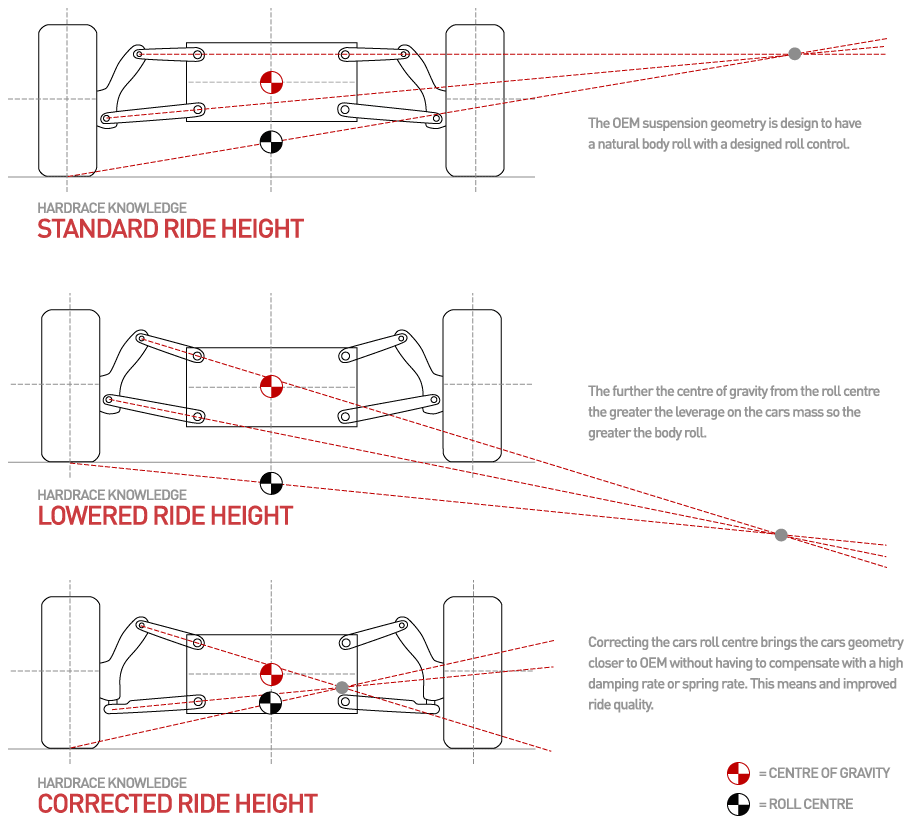 Reducing a car’s ride height has the advantage of lowering its center of gravity, and this helps reduce weight transfer far more than limiting body roll does. So lowering a car’s center of gravity is a very useful tool (as is widening its track), but it does have a few unwanted side effect, since the suspension’s roll center and bump steer geometry changes for the worse and shock travel is reduced as well (unless you’re using a coilover system that allows ride height to be adjusted independent of shock stroke).
Reducing a car’s ride height has the advantage of lowering its center of gravity, and this helps reduce weight transfer far more than limiting body roll does. So lowering a car’s center of gravity is a very useful tool (as is widening its track), but it does have a few unwanted side effect, since the suspension’s roll center and bump steer geometry changes for the worse and shock travel is reduced as well (unless you’re using a coilover system that allows ride height to be adjusted independent of shock stroke).
There are easy fixes for roll center and bump steer for most popular performance cars, though, like the Buddy Club roll center correcting ball joints and Blox bump steer correcting spacers we used on our S2000. These allowed us to lower the ride height and center of gravity of the ASS2000 for better control over weight transfer while resetting suspension geometry back to more optimal angles.
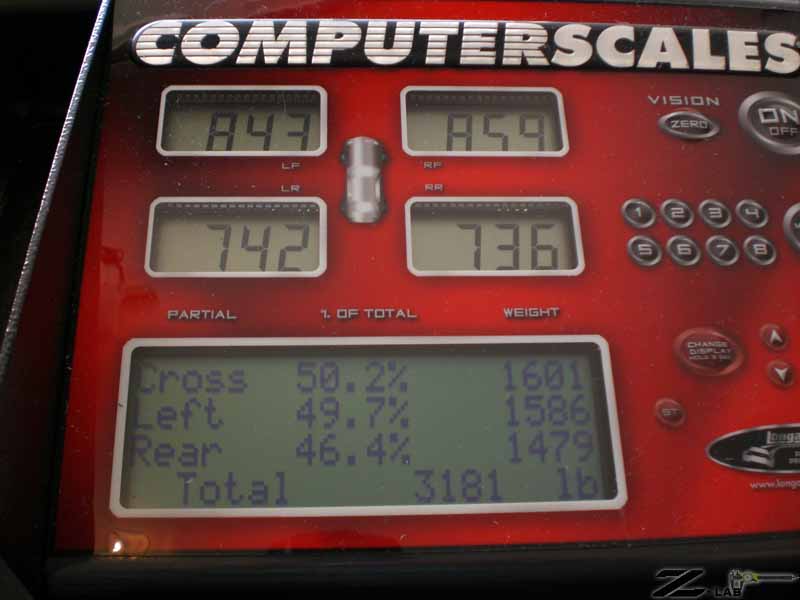
Source: http://z-lab.twinturbo.net/photos/chassis/cornerbalance_9-21-2008/crossweight2.jpg
If you lower your car with coilovers, you also gain the advantage of being able to corner balance your car, plus you can alter the rake of the car (whether it sits higher or lower in the front than the rear). Generally speaking, corner balancing is done to optimize cross weights, where the goal is to position 50% of the car’s weight over the front left and rear right tires, as well as across the front right and rear left tires. This ensures that the car handles the same in left and right turns, which is normally the goal with an autocross, time attack or road race car.
SPRINGS, SWAYBARS AND DAMPERS
In most cases, an unmodified road car is set up to be compliant and comfortable first and foremost, so body roll is an acceptable trade off. There’s certainly room to stiffen up most cars without much if any downside (other than some loss of ride comfort), though as we’ve already explained, lowering the car’s center of gravity and widening its track is actually more effective at reducing weight transfer than reducing body roll is.
Nevertheless, a stiffer suspension does allow the chassis to respond more quickly to driver inputs, and in the accelerated world of racing, faster response to driver input can be the difference between clipping the apex or clipping the wall. It’s also important to understand that stiffer isn’t always better, though, since too stiff a setup can make the car very unforgiving to drive. Most well-engineered coilover kits come with spring rates that are pretty well sorted for your chassis, though some are setup to induce some understeer for safety reasons. More on that shortly.
Larger diameter/stiffer swaybars (or anti-roll bars) can be an affordable and effective way of reducing body roll, not to mention by increasing the front or rear roll bar stiffness relative to the other end of the car can also be an effective way to adjust handling balance. Keep in mind, though, that roll bars only work in roll (side-to-side weight transfer), but do nothing to control dive and pitch (forward and aft weight transfer).
So if your goal is to reduce body motion in all directions, increasing spring rate is the most effective way to do it since the main springs work in roll, dive and pitch. You can also use spring rate changes to adjust the handling balance by changing the front/rear spring rate split. For example, if your car is suffering from understeer, increasing the rear spring rate is often an effective way to reduce understeer and allow the car to begin to rotate or oversteer (ideally just enough to get the rear tires into the slip zone, where they’re making maximum grip).
Keep in mind, though, that increasing spring rate tends to reduce the mechanical grip generated by the tires (a softer setup soaks up bumps and irregularities in the road surface better than a stiffer one, allowing the tires to stay in more consistent contact with the road and therefore generate more grip than a stiffer setup), so there is a tradeoff between limiting body motion and improving steering and chassis responsiveness with higher spring rates.
To compensate for the loss in mechanical grip that often comes with increased spring rates and roll stiffness, the easiest fix is to step up to a stickier tire (which is why you often see the most stiffly sprung race cars on the softest slicks). However, if you’re competing in a series or a class that doesn’t allow you to run super sticky slicks (Street Tire classes for Autocross and Time Attack are very popular these days), you’re going to want to avoid reducing tire grip with too stiff a suspension setup. Finding the right balance between weight transfer, roll control and mechanical grip is, of course, the “hot setup” so many of us are searching for on our compromised, sometimes street driven, weekend warrior track cars or competition cars.
the other thing you’ll need to consider when increasing spring rates is that you need a shock absorber or damper that is able to properly control it. As the name “damper” suggests, its main job is to dampen the oscillations of the spring as it compresses and then releases that compressive energy as it uncoils. If you throw stiffer springs on your OE dampers, they’re not going to be well matched and both ride comfort and tire performance are going to suffer because the damper isn’t able to control the spring and keep the tire firmly planted on the road surface.
Your best bet is therefore going to be investing in a well-engineered coilover kit, where the shocks are valved properly to control the spring rates they’re paired with. This can represent a significant investment, but as we’ve seen during before/after track testing on many of our project cars, you will shave seconds off your lap times if you spend the time and money to install a high-quality set of adjustable coilovers like the KW Clubsport kit on our Scion FR-S or the Fortune Auto 510-series coilovers on Ken’s FD.

Caption: These Multimatic DSSV motorsport dampers are used on some of the fastest and most sophisticated race cars in the world, but unless you’re a high level race car engineer there’s a very good chance you’re going to turn those knobs in the wrong direction.
There’s a tendency to think that more is better, so many racers assume a triple- or quadruple-adjustable shock is better than a double- or single-adjustable shock. Truth be told, the number of knobs on a shock in no way reflects how well it will be able to control the spring and keep the tire in optimum contact with the road surface, since that all comes down to how it’s been valved and who’s turning the knobs.
As I can attest to from personal experience, it can get very confusing working with a triple- or quadruple-adjustable damper, even the ones from the most reputable manufacturers in the industry, simply because what you’re feeling as a driver as too much low speed compression or too little high speed rebound is in fact something completely unrelated to damper tuning. As a result, you can start to chase your tail with highly adjustable dampers, and so I often recommend (and personally prefer) a single- or double-adjustable damper with good base valving and properly chosen spring rates, since this frees me up to adjust the car’s grip level and handling balance with simple adjustments on the damper as well as the even simpler methods discussed earlier (tire pressure and wheel alignment).
With a single adjustable damper like the Fortune 510’s, the knob on top of the damper primarily adjusts rebound or how aggressively the shock wants to push the tire to the ground after a bump or compression event occurs. Getting rebound dialled in can therefore help with the consistency of your car’s grip level and its overall sense of stability, but its primary use (at least from my perspective) is to adjust the car’s handling balance. For example, if your car is understeering, reducing front rebound and/or increasing rear rebound should help move its handling balance towards a more neutral state.
If you’re running double-adjustable shocks, where you have separate knobs for rebound and compression, making compression adjustments can also be an effective tool for maximizing mechanical grip. As Lee Grimes from Koni said in a Slip Angle podcast, “compression increases grip until it doesn’t”. That may sound like some mystical double-talk at first, but if you think about what’s happening at the contact patch as you increase a shock’s compression resistance, it starts to make a lot of sense.
When you hit a bump, the tire wants to moves up and this puts the shock into a compression stroke. If the shock’s resistance to this compression is too low, the tire will experience a momentary reduction in load and thus grip. By adding compression you combat this momentary loss of grip, but you will hit a point where the compression is so stiff that the suspension is no longer able to soak up the bump and keep the tire on the ground. Instead, the car will feel like it’s skipping over the bumps and losing grip in the process. So, just like Grimes said, adding compression will increase grip, until you cross over that point where suddenly you have too much compression resistance and the car will start to skip or jump off the bumps in a way that causes a loss of grip. This may take a minute to visualize, but if you start to experiment with compression adjustment I think you’ll find this explanation holds true.
I think that about wraps up this semi-comprehensive attempt to cover the basics of chassis and suspension tuning as I understand it. I am by no means an expert on this subject, just a guy whose been going to the race track for 20 years and wanting to learn about how to make my cars go around corners better. I hope these observations prove helpful to you in your own pursuit of faster lap times and a better handling car. Stay safe, my friends, and have fun playing in the slip zone.
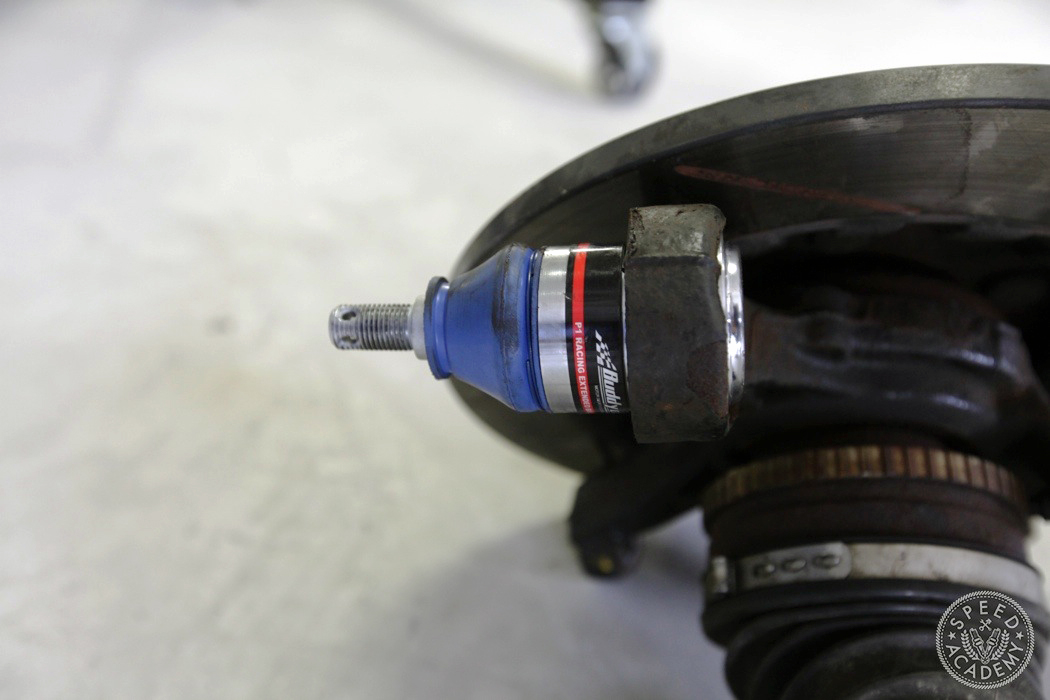
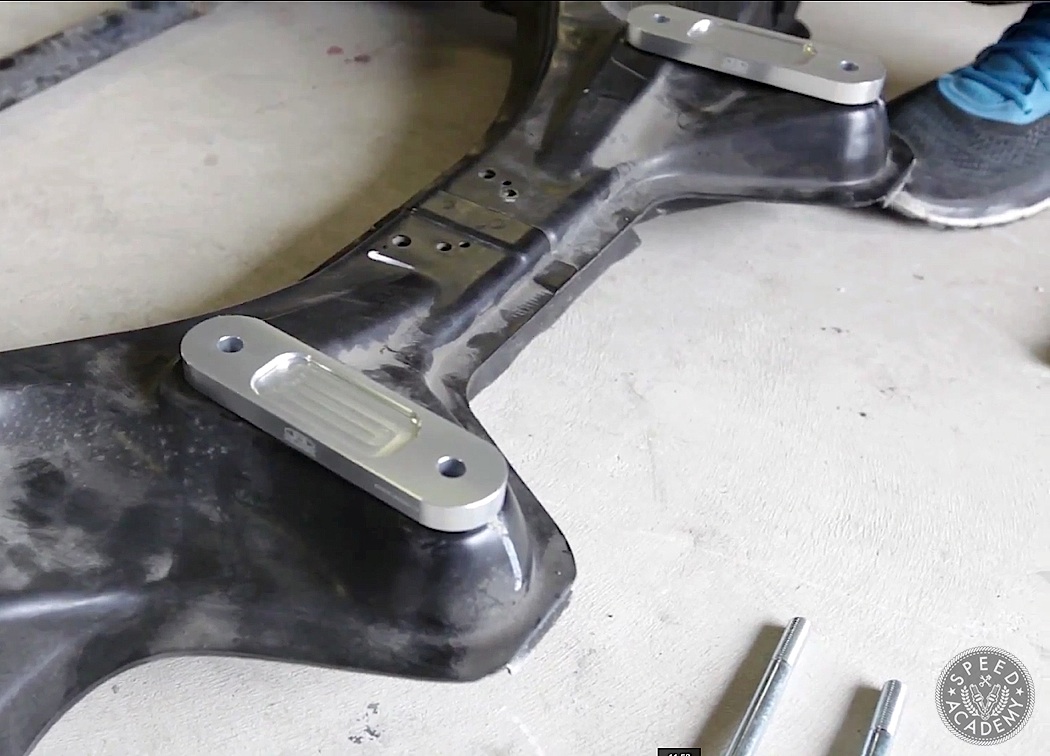
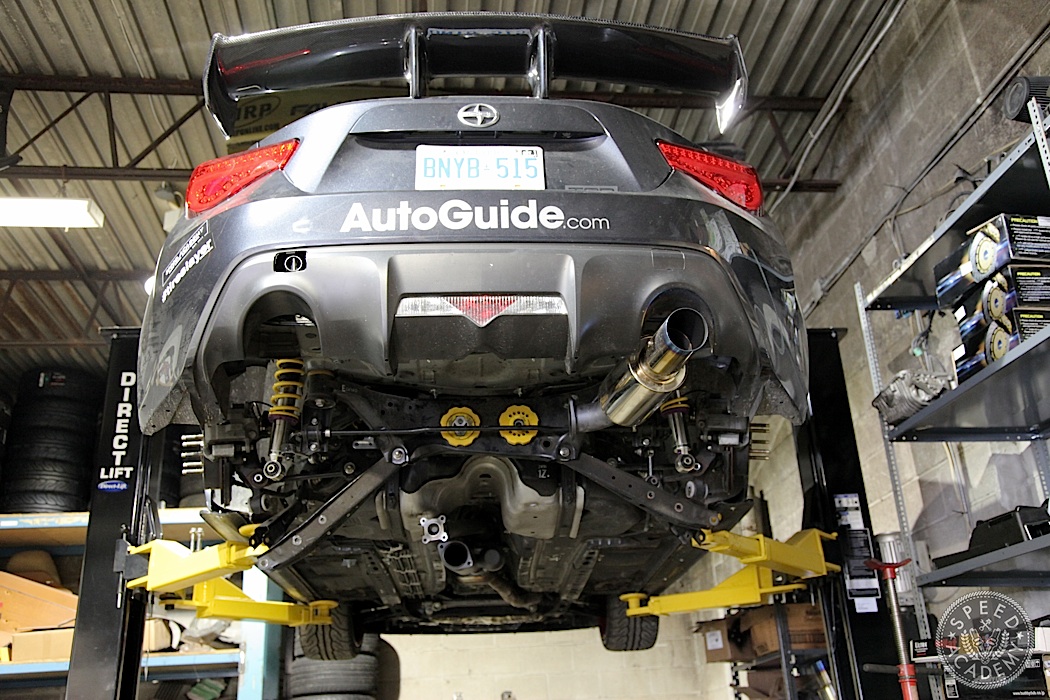
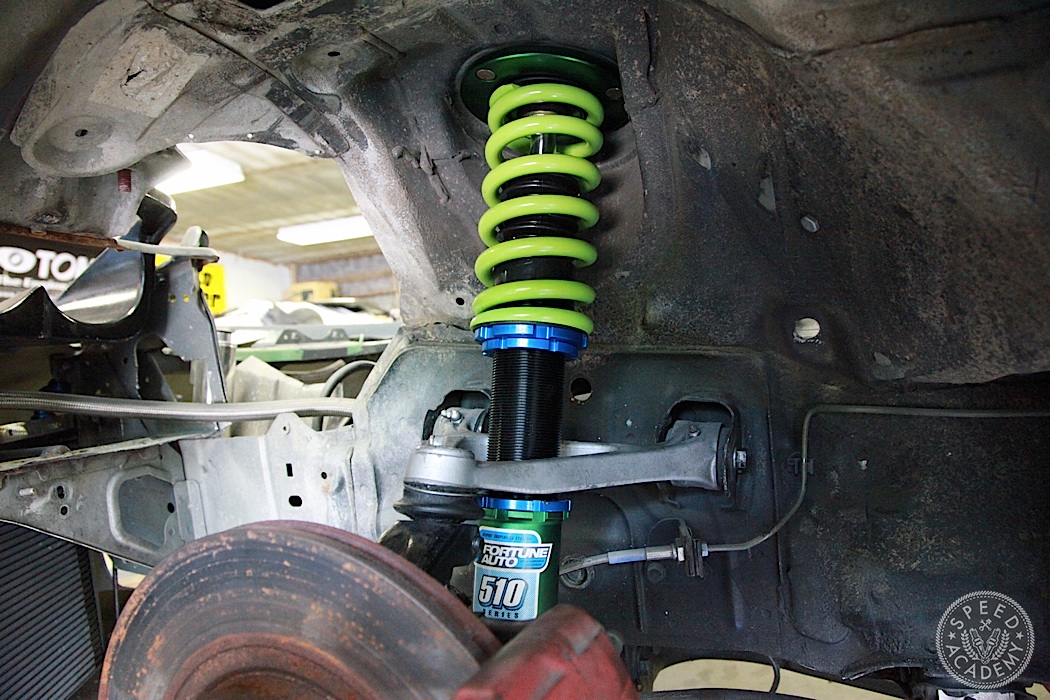
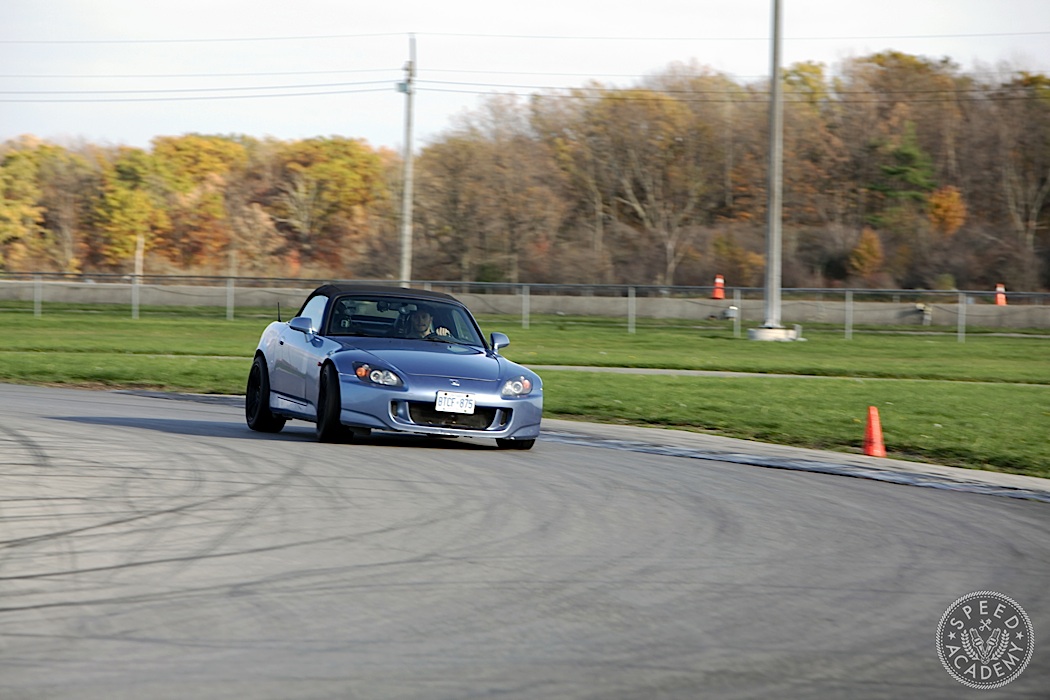
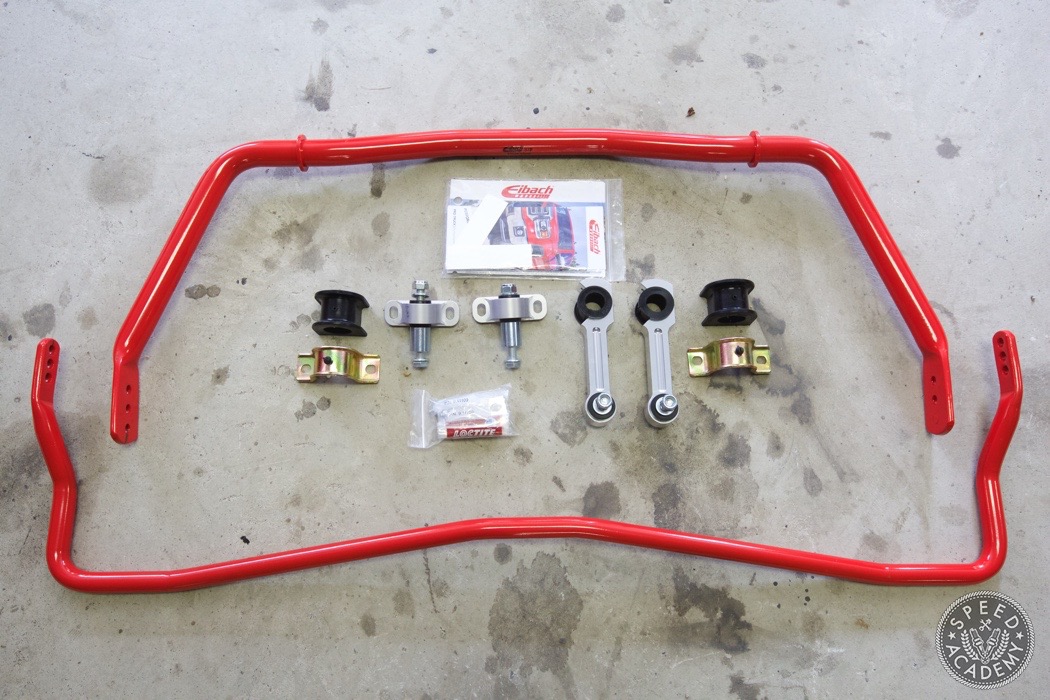
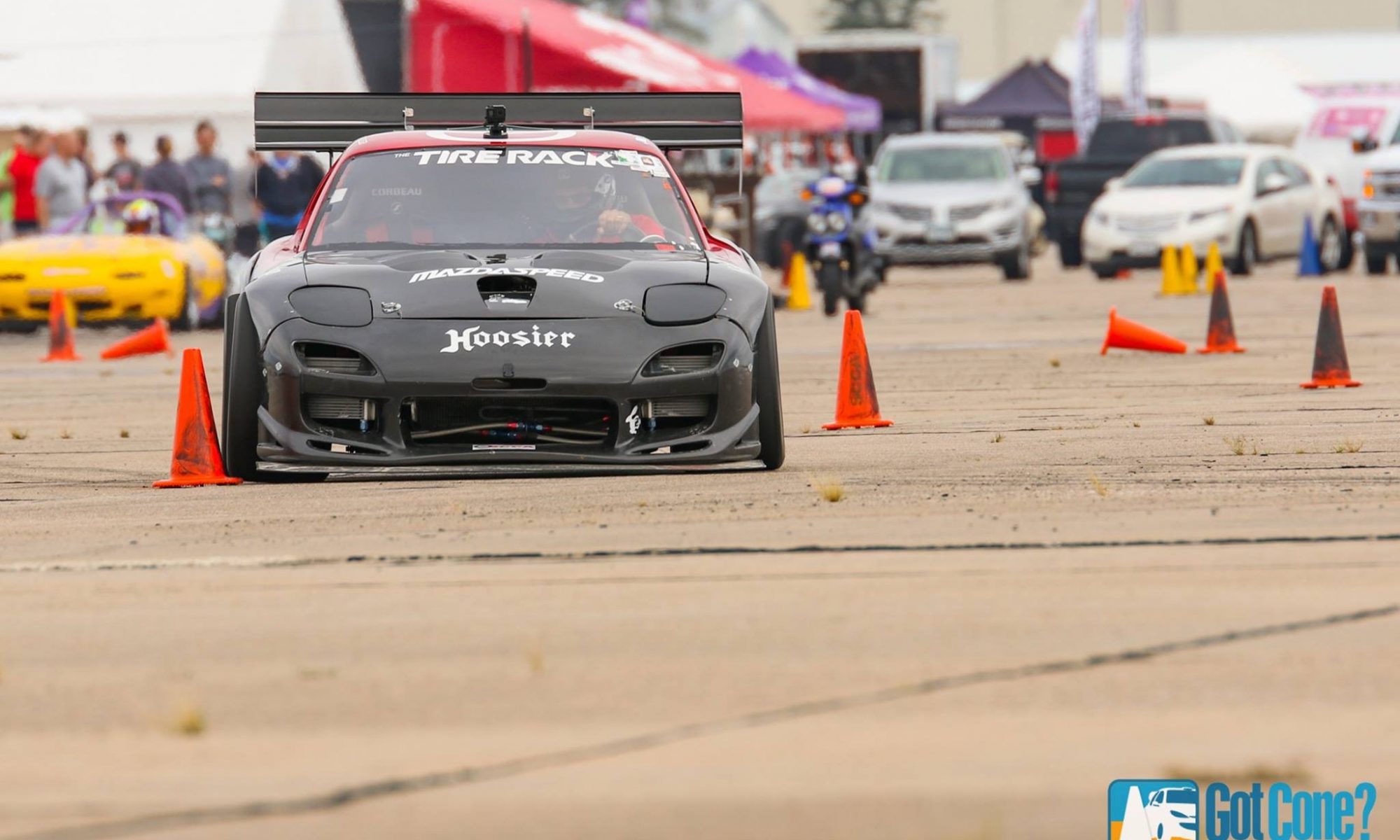
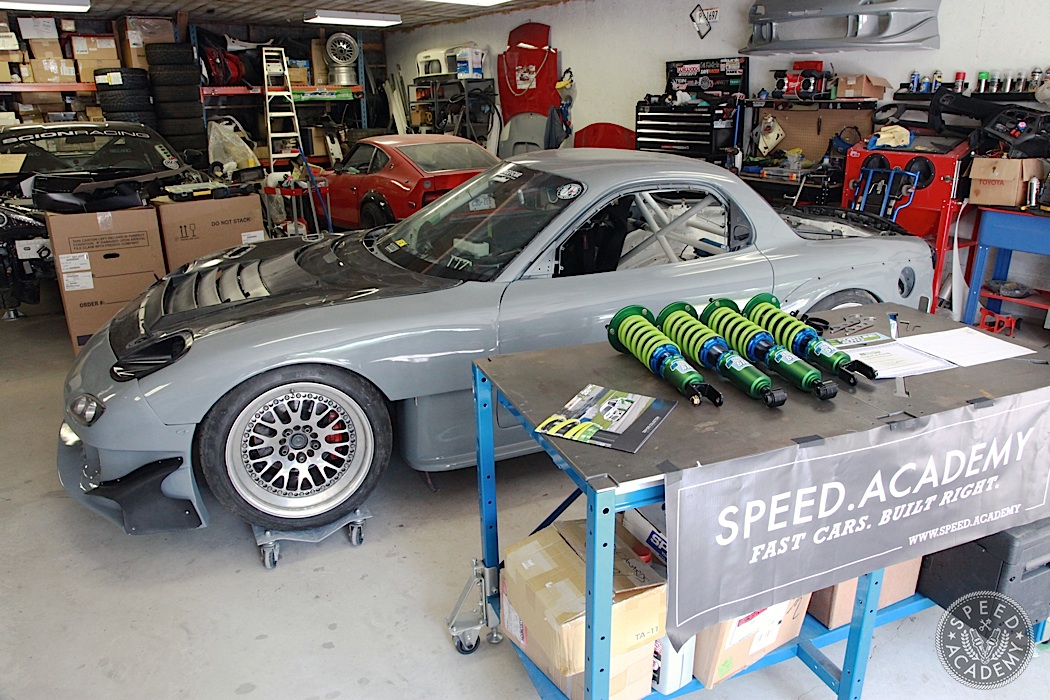
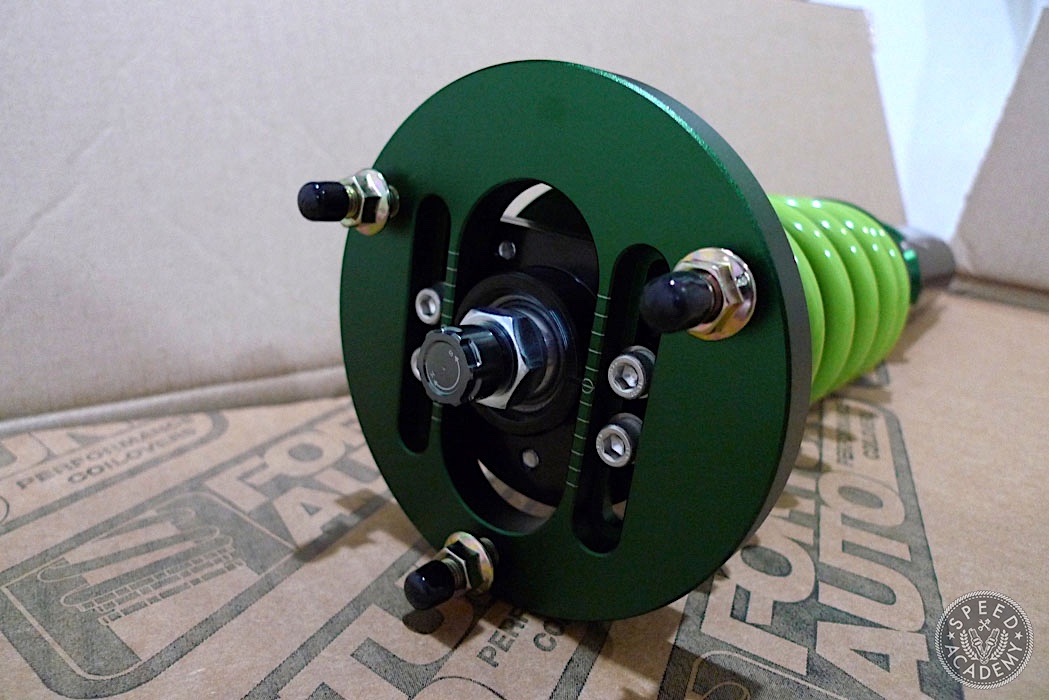
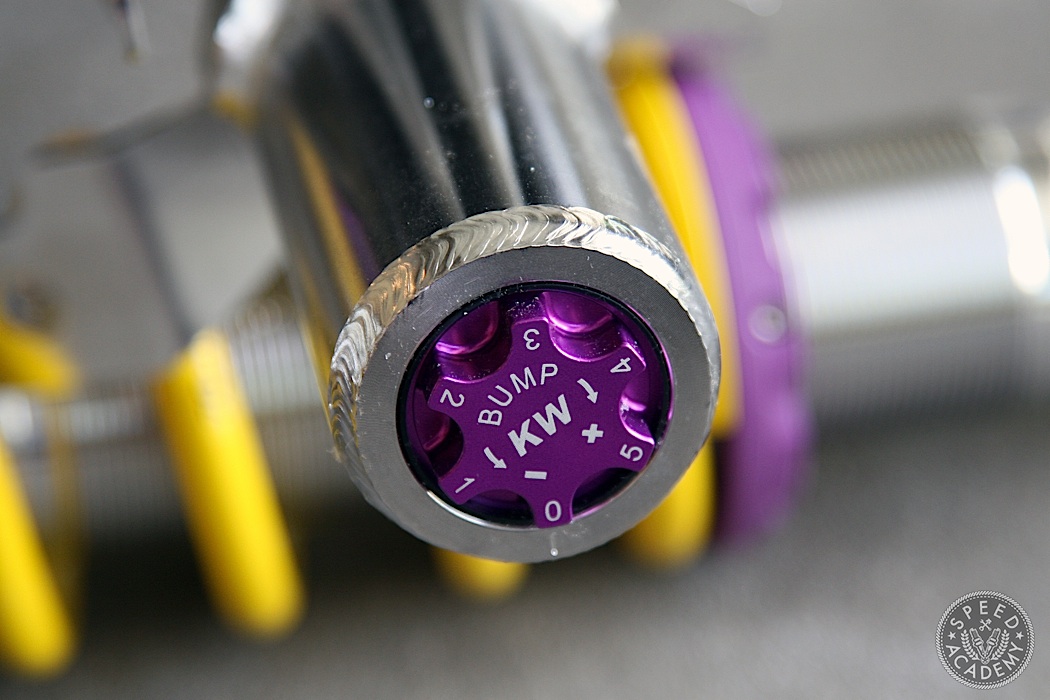
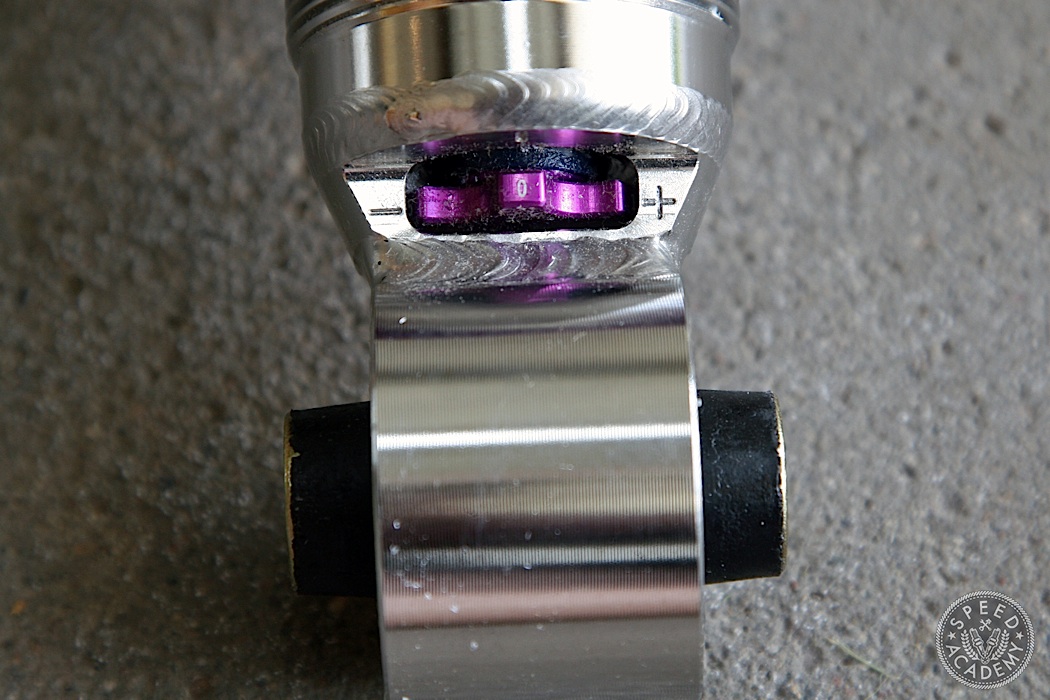
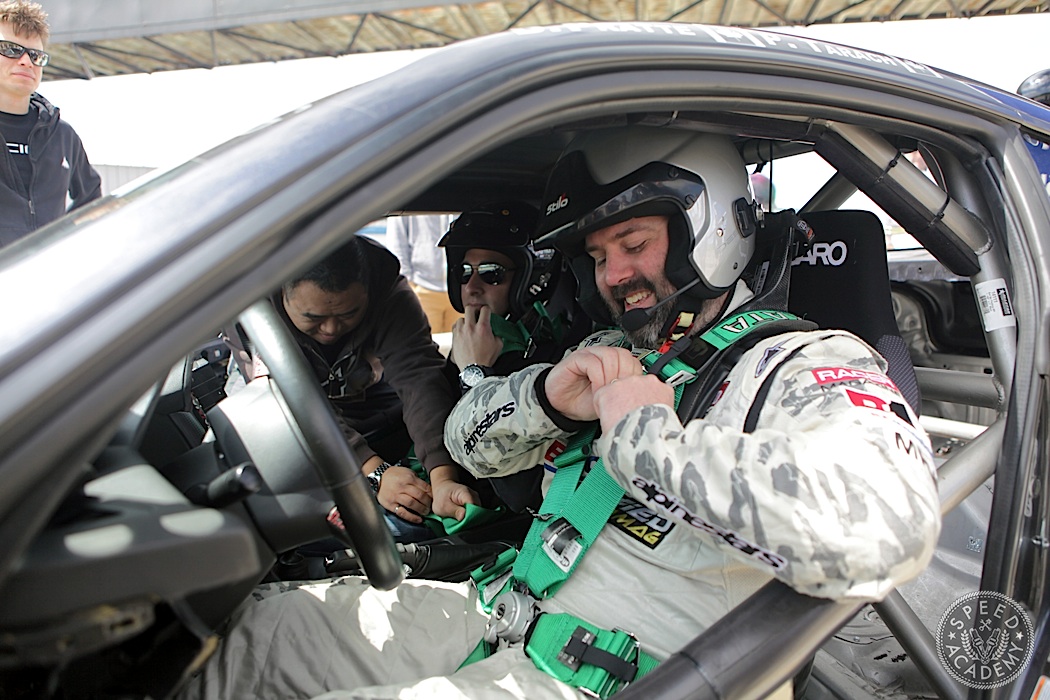
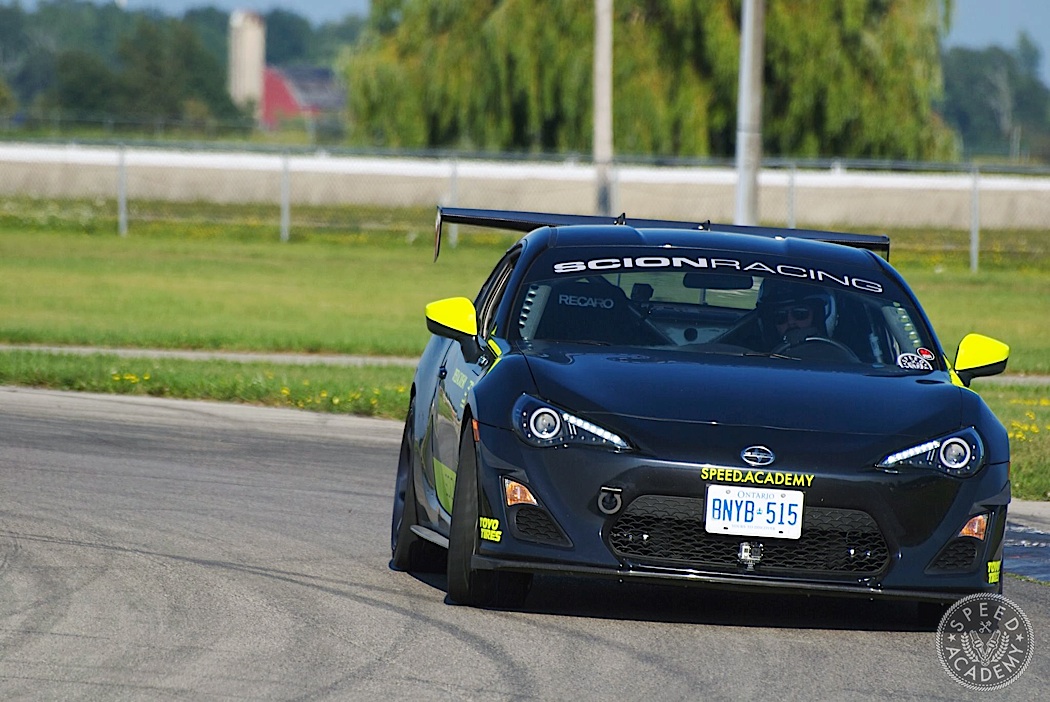

Awesome article, DP! Really appreciate you taking the time to write this. It was very informational and as someone who has a largely stock suspension car, it helps me think about what I should do next.